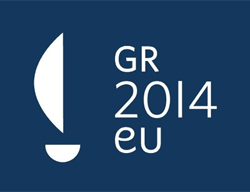FREE MOVEMENT OF WORKERS SINCE THE 2004 ENLARGEMENT HAD A POSITIVE IMPACT

A European Commission report published today shows that workers’ mobility from the EU Member States in Central and Eastern Europe to EU15 has had mostly positive effects and has been in most countries quantitatively less important than foreseen.
Workers from EU10 helped to relieve labour market shortages and contributed to better economic performance in Europe. Countries that have not applied restrictions after May 2004 (UK, Ireland and Sweden) have experienced high economic growth, a drop of unemployment and a rise of employment. As to the 12 EU countries using transitional arrangements, where workers managed to obtain access legally, this has contributed to a smooth integration into the labour market. However, evidence suggests that some of these countries may also have faced undesirable side-effects, such as higher levels of undeclared work and bogus self-employed work. For the EU as a whole, flows of workers have been rather limited.
The report's statistics, submitted by the EU member states themselves, show most countries having seen lower than expected labour flows from Central and Eastern Europe. There was no evidence of a surge in either numbers of workers or welfare expenditure following enlargement, compared to the previous two years.
New Member State (EU10) nationals represented less than 1% of the working age population in all countries except Austria (1,4% in 2005) and Ireland (3,8% in 2005). Ireland has seen relatively the largest inflow of workers. This contributed to its very good economic performance.








 Svejo
Svejo Twitter
Twitter Link4e
Link4e Pipe
Pipe Web-bg
Web-bg Bghot
Bghot Lubimi
Lubimi Novinitednes
Novinitednes Ping
Ping Facebook
Facebook Myspace
Myspace Mix
Mix Del.ico.us
Del.ico.us Reddit
Reddit Digg
Digg Stumbleupon
Stumbleupon Myweb Yahoo
Myweb Yahoo Google Bookmarks
Google Bookmarks Google Buzz
Google Buzz

